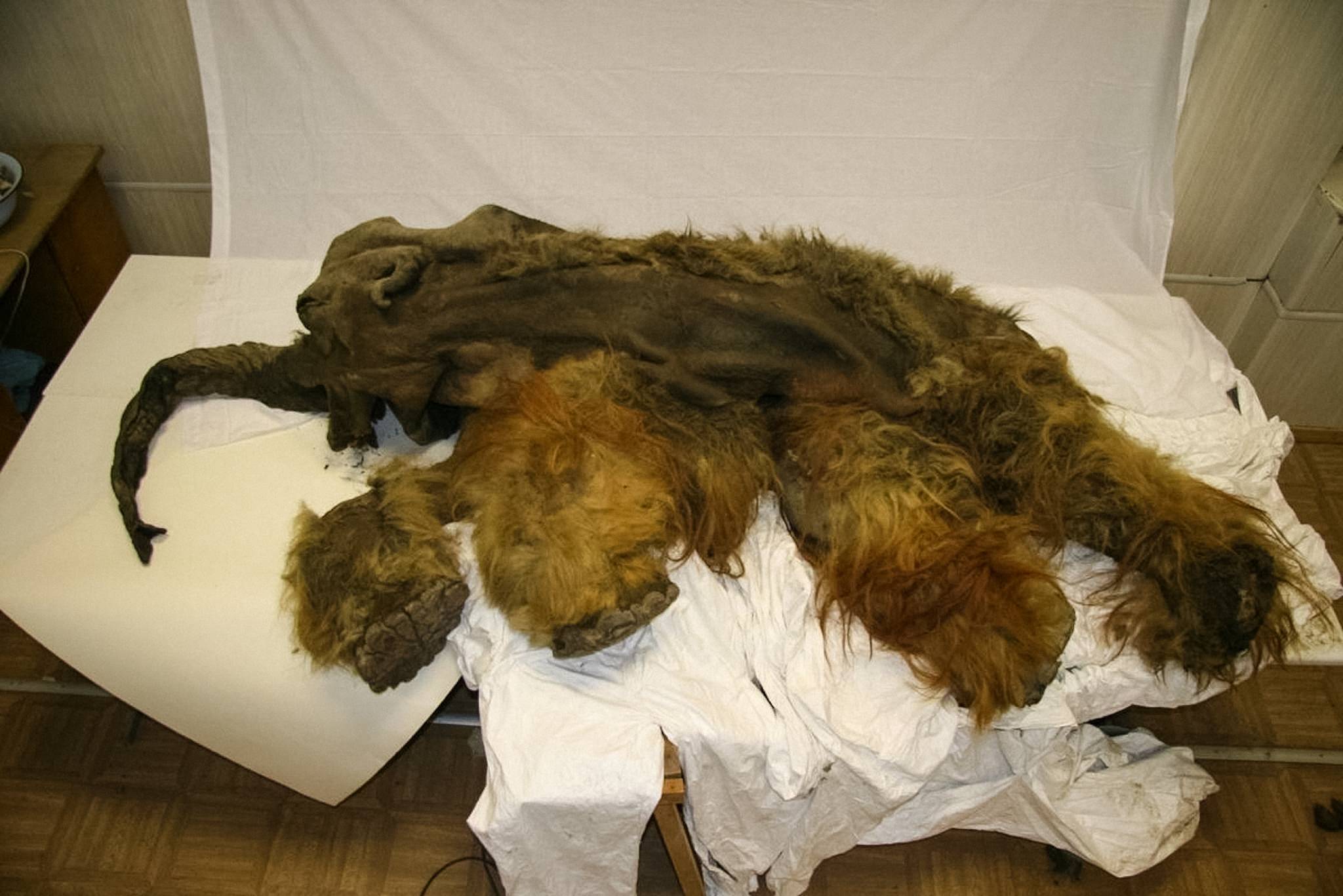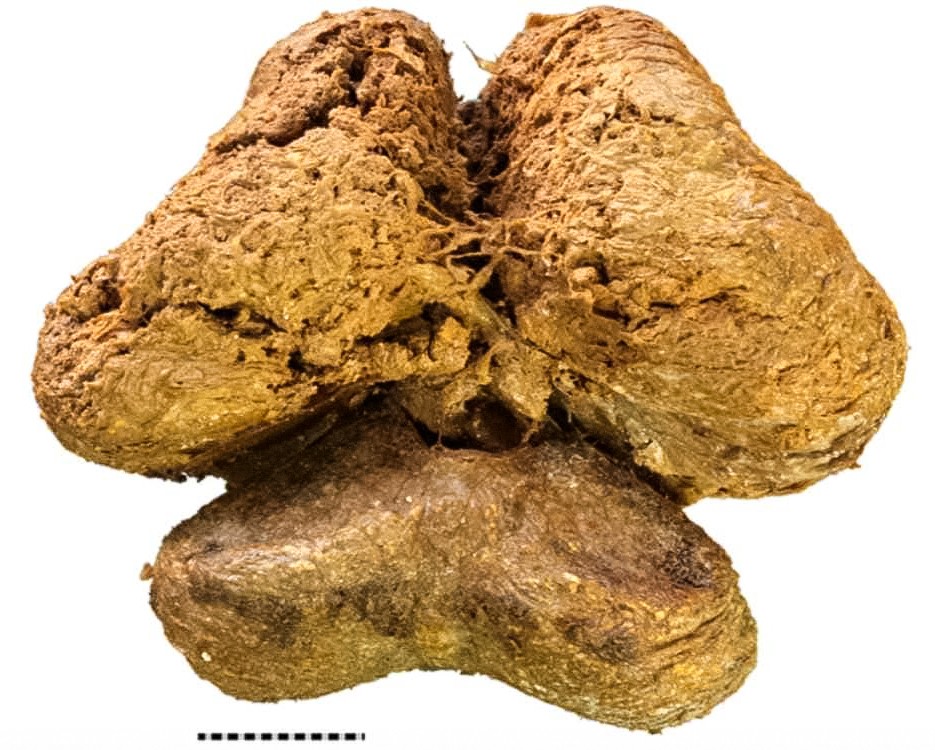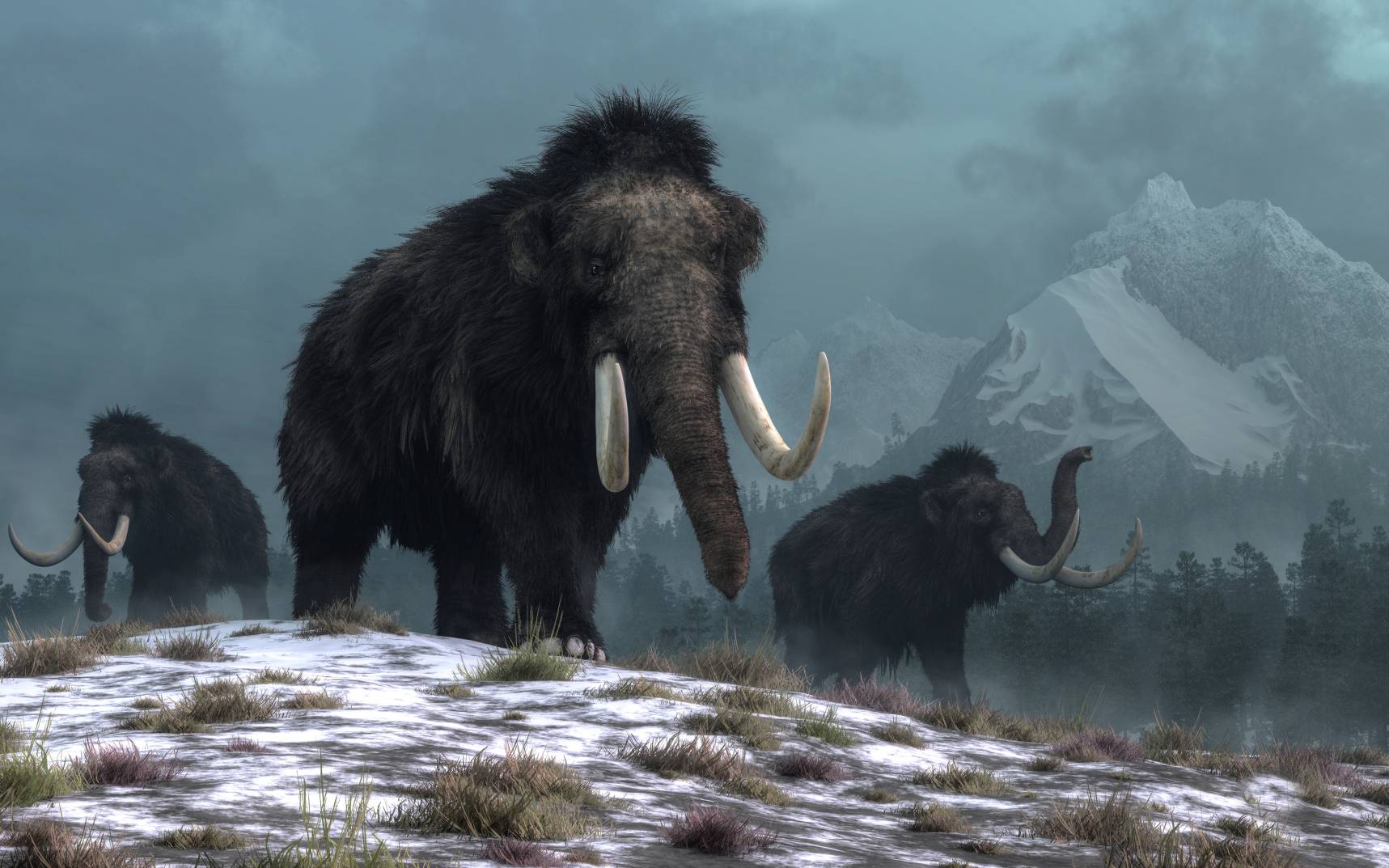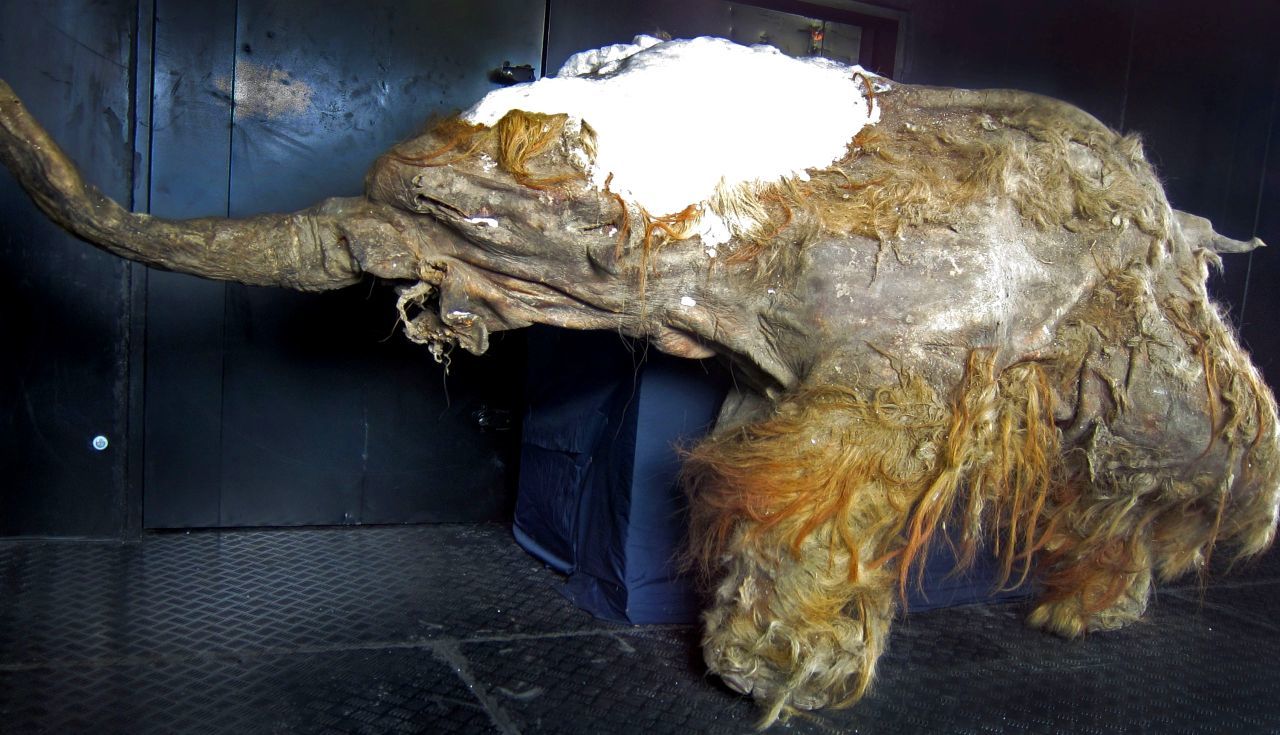In a remarkable scientific feat, researchers in Japan have managed to partially revive cells from the 28,000-year-old Yuka mammoth, a well-preserved specimen discovered in Siberian permafrost in 2010. While this breakthrough has garnered excitement among scientists and the public alike, the prospect of fully cloning the extinct woolly mammoth remains a distant reality. This article delves into the fascinating details of Yuka’s discovery, the groundbreaking research conducted, and the implications of this incredible achievement.
The discovery of Yuka mammoth
Unearthing a prehistoric treasure

In August 2010, the mummified remains of a young woolly mammoth named Yuka were discovered on the Laptev Sea coast near Yukagir, Russia. Found frozen in Siberian permafrost, Yuka had been preserved for an astounding 28,000 years. The extraordinary condition of the mummy allowed scientists to study its features in great detail, including its brain with visible folds and blood vessels.
A valuable specimen
The Yuka mammoth is a unique specimen due to its remarkably well-preserved state. The brain structure of Yuka bears a striking resemblance to that of modern-day elephants, providing invaluable insight into the evolutionary history of these majestic creatures. The discovery of Yuka has paved the way for groundbreaking research in the field of prehistoric biology and genetics.

Reviving Yuka’s ancient cells
The research team
A team of Japanese and Russian scientists, led by 90-year-old biologist Akira Iritani, set out to investigate the possibility of reviving Yuka’s ancient cells. Iritani, an animal reproduction expert and former director of the Institute of Advanced Technology at Kindai University in Wakayama, Japan, had been searching for dormant mammoth cells for 20 years before this groundbreaking study.
The experiment
The researchers extracted 88 nucleus-like structures from Yuka’s muscle tissue and transferred them into mouse oocytes, which are cells that can divide to form an ovum, or female reproductive cell, in the ovaries. Using a process called nuclear transfer, the team then utilized live-cell imaging techniques to observe if the long-dormant cells would react.
Partial reanimation of Yuka mammoth cells
Cellular activity observed
To the amazement of the research team, five of the several dozen prepared mouse egg cells displayed reactions that take place just before cell division begins. This finding proves that even after 28,000 years, cells can still be partially alive and capable of being reanimated, at least to some extent.
Limitations of the experiment
Despite the observed cellular activity, none of the cells successfully completed the cell division process necessary for the Yuka mammoth to be fully cloned. The damage to the cells over millennia was too profound, and the researchers acknowledged that they are still far from recreating a living mammoth. New technology and approaches are needed to overcome these obstacles.
The future of mammoth cloning
Technological advancements required
The research team, including Kei Miyamoto from Kindai University, has emphasized the need for improved cloning technology and better-quality samples to successfully clone the Yuka mammoth. The process would involve taking mammoth DNA and inserting it into elephant eggs that have had their DNA removed.
Ethical considerations
The prospect of cloning extinct species raises several ethical questions. However, Iritani and his team argue that studying past extinctions can help scientists better protect endangered species. Iritani believes that it is his duty to preserve species since human activities have contributed to the extinction of many animals.
The woolly mammoth: a prehistoric marvel
A brief overview

Woolly mammoths, similar in size to modern African elephants, roamed the Earth during the last Ice Age, more than 4,000 years ago. These magnificent creatures were well-adapted to their cold environment, with long, shaggy hair, curved tusks, and a hump of fat to store energy.
Extinction of the woolly mammoth
The exact cause of the woolly mammoth’s extinction remains a topic of debate among scientists. Possible factors include climate change, overhunting by humans, and a combination of both. The study of Yuka and other mammoth specimens can help researchers better understand the factors that led to their extinction and apply that knowledge to the conservation of modern species.
The significance of Yuka mammoth research

A milestone in prehistoric biology
The partial reanimation of Yuka mammoth cells is a significant milestone in the field of prehistoric biology. It demonstrates the incredible potential of ancient DNA research and provides valuable insights into the cellular and genetic makeup of extinct species.
Implications for extinct species research
The Yuka mammoth study not only sheds light on the biology of woolly mammoths but also opens up new possibilities for researching other extinct species. By analyzing the DNA of long-gone animals, scientists can better understand the evolutionary history of life on Earth and the factors that contribute to species extinction.
Challenges and obstacles in mammoth cloning
Obtaining high-quality samples
One of the primary challenges in cloning the Yuka mammoth is obtaining high-quality samples with minimal cellular damage. The 28,000-year-old cells extracted from Yuka’s muscle tissue were severely damaged, preventing successful cell division.
Technological limitations
Current cloning technology is not advanced enough to overcome the obstacles presented by the damaged cells. Researchers will need to develop new methods and strategies to repair and revive the ancient DNA successfully.
The potential benefits of mammoth cloning
Insights into evolutionary history
Cloning the Yuka mammoth could offer invaluable insights into the evolutionary history of elephants and other closely related species. By comparing the genetic makeup of extinct and living animals, scientists can paint a more accurate picture of the complex web of life on Earth.
Conservation applications
Understanding the factors that led to the extinction of the woolly mammoth can help inform conservation efforts for modern endangered species. By applying lessons learned from the past, scientists can work to prevent future extinctions and preserve Earth’s biodiversity.
The global interest in Yuka mammoth research
Collaboration between Japanese and Russian scientists
The research on Yuka mammoth cells has been a collaborative effort between Japanese and Russian scientists, showcasing the importance of international cooperation in the field of scientific research.
Widespread public fascination
The Yuka mammoth study has captured the imagination of the public worldwide, sparking curiosity about the possibilities of cloning extinct species and the potential implications for the future of life on Earth.
Final words
The partial reanimation of Yuka mammoth cells is a remarkable scientific achievement that has generated excitement and raised important questions about the future of cloning extinct species. While the prospect of fully cloning the Yuka mammoth remains distant, the research conducted so far has provided valuable insights into the biology of these prehistoric creatures and the potential applications of ancient DNA research. As technology and scientific understanding continue to advance, the study of Yuka and other extinct species will undoubtedly play a crucial role in unlocking the mysteries of life on Earth.




